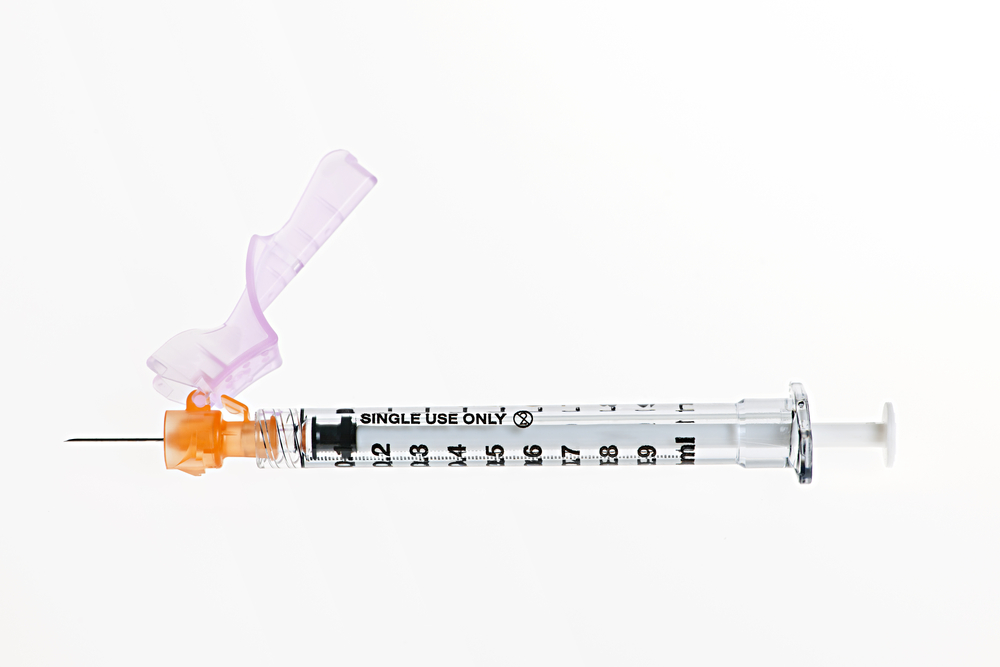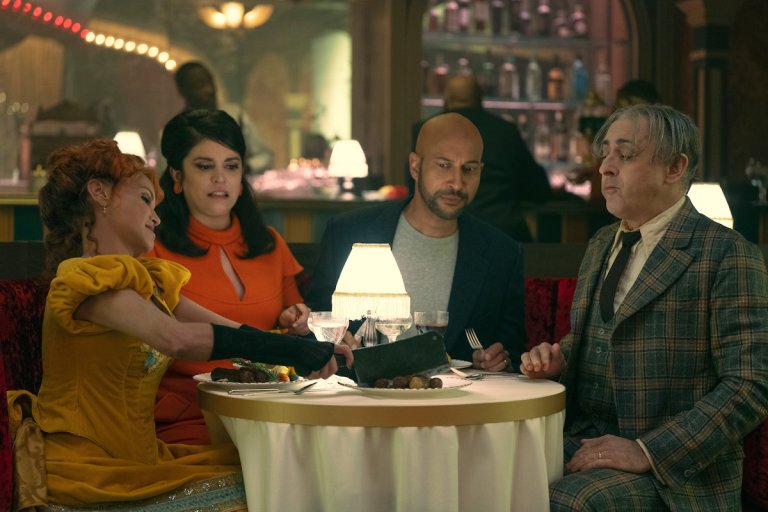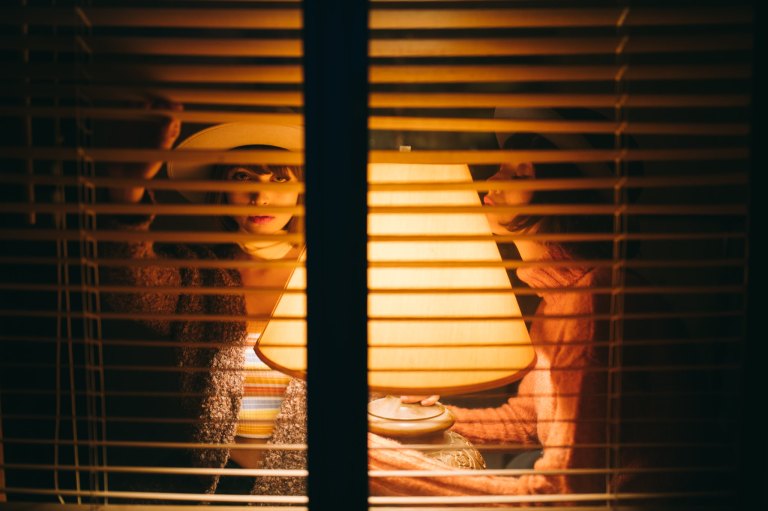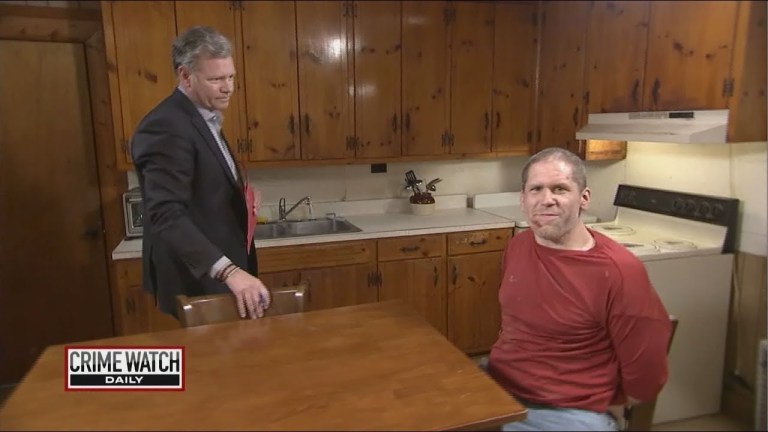How To Be Up In The Air

“Here’s your B-12,” my doctor said as he plunged a syringe into my left shoulder. I like my doctor. But that’s a story for another time. This is about Tuesday when I’m pretty sure I got high on B-12. Okay, I know you can’t get high on B-12. But I think I got high on B-12. (Ugh, I KNOW I didn’t. Get off my back.)
I left the doctor and had thirty minutes to wait for Cecilia. She was coming from a class across the street. It was a strange confluence of events that landed us both on the Upper East Side—which is of little importance to this story. This isn’t even really a story either. It’s just something that happened.
A psychosomatic whirlwind of energy blasted through my being. I perfectly embodied the Dillon Panther pre-game chant: “Clear eyes, full heart, can’t lose.” I knew that instant, I knew like no one had ever known anything before, I knew better than Taylor Swift knew that you were trouble, I knew, that I had to go to the Whitney Museum immediately.
Now that I think about it, the reasons why Cecilia and I were both on the Upper East Side matter to the story. I was treating a medical problem that I had worried was much worse. I had added those worries to a list of worries about jobs, relationships, decisions that needed to be made, but couldn’t be made just yet. Things were too, well, you know, up in the air. So I just stayed there, in the air, and worried about all of my worries that included this medical problem.
I had worried about it throughout this fall: inside my mind, inside waiting rooms, and inside the bore of a Siemens 3-Tesla magnetic resonance imaging machine. The Siemens 3-Tesla MRI is not as powerful as the 7-Tesla, which is 140,000 times the Earth’s magnetic field—but it was apparently good enough to recommend a medical course of action for me that included B-12 injections.
Interestingly enough, my hospital actually HAS a 7-Tesla MRI, and within it one of the strongest magnets on the Eastern Seaboard. What my hospital does not have is B-12 shots. There is a shortage of injectable B-12. According to the FDA, Cyanocobalamin is, like, really popular right now. Luckily, my doctor had a stash because he’s really into, like, practicing medicine.
So, back to Tuesday, after visiting my doctor, when I was high on B-12 and plummeting toward the Whitney. The Whitney is a museum on a segment of Madison Avenue largely devoted to buildings and people covered in high-end design, a multitude of Ralphs Lauren. I have been to the Whitney three other times that I can remember. I have lived in New York all but one year of my life.
The year I returned to living in New York, after not living here for one year, was the year I met Cecilia. It was also the year the bad things happened—to everyone, to me. People taken right out of buildings, right out of cars, and put in the air. That isn’t even really a story either. It’s just something that happened.
The Whitney Museum was closed when I arrived. A few people were on line to enter. We waited eight minutes for the doors to open, while I stared at a blinking neon sign made by Robert Indiana. The sign said: “EAT.” Though I appreciate Robert Indiana’s advice, he doesn’t know me or why I need B-12 injections. I barely know. There are a lot of things I’m not entirely sure of yet.
Finally, I was allowed in. I raced up to the second floor like a ghost hunter, or a ghost buster, or any other individual whose profession requires them to chase after things they cannot see—things that they are not entirely sure of yet. The hum of six projectors slowed me to a walk at the top of the stairs. My walk slowed to a stop as I entered a large room to find an enormous lampshade, suspended.
The room was wider than it was high. In the center a large, white cylinder composed of projector screens hung very low from the ceiling. It looked like a Euclidian space monster. It looked like an upright MRI machine. It looked like it was floating in air.
The security guard wordlessly motioned for me to duck under it. Standing alone inside a circle of screens about thirty feet in diameter, I saw the view from the penthouse of a Union Square building. It was a panorama of Manhattan, a stark, regal metropolitan mobile. The artist responsible, T.J. Wilcox, took 60,000 stills over fifteen hours. Then he put them together as a film to create a visual field, a hallucination of reality, a thing that happened.
Cecilia was on the Upper Eastside on Tuesday because she is taking a class. She might take another one. She is deciding what to do next. She is not sure yet. There are a lot of things she is not entirely sure of yet.
The way an MRI machine works is by causing all of the hydrogen protons in your body to line up, creating a magnetic vector, and then it bounces radio waves off of them. The waves make the protons resonate, which creates the images. Your atomic nuclei are just there, in the air, and then suddenly an outside force pulls them or pushes them. A chord is struck and a reaction is inevitable.
I stood in the center of the giant orb and turned around slowly like the center pole on a carousel. I watched the sunrise over the East Village, the clouds roll past the Empire State Building, the sun splash westside windowpanes, and, when night took over, planes streak across the sky. There was something about the way that I couldn’t make out the shape of the planes; they were just blazes of light over a black-tie skyline.
Sometimes you don’t have to be able to clearly see something, or even see it at all, to know it’s up there, in the air. I suddenly realized just how long I’d been in the air. For the first time in a long time, I didn’t mind.
That is what I would tell Cecilia later when I met her. Something clicked, as if my Hydrogen atoms had aligned, a force from within reacting to a force from without. Or maybe it was the other way around; or maybe I was high on B-12.
I’m not sure, but I don’t have to be. We can just leave it, you know… unresolved. This isn’t even really a story. This is just a thing that happened. ![]()





